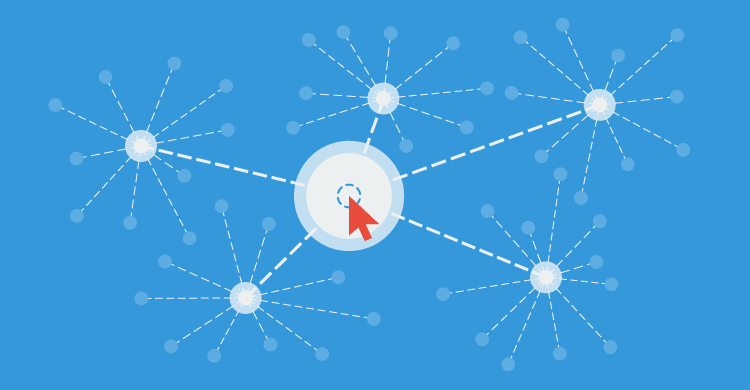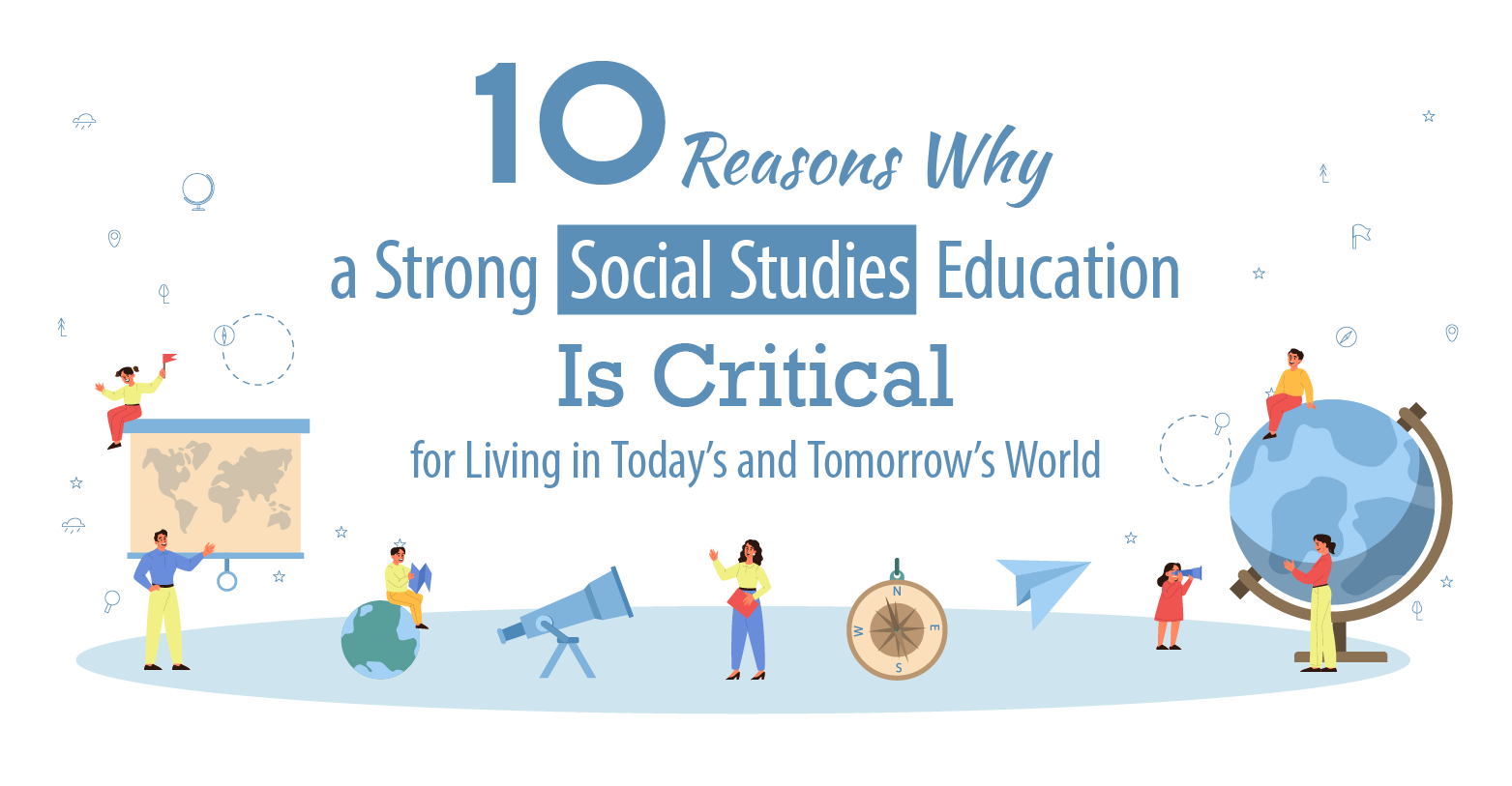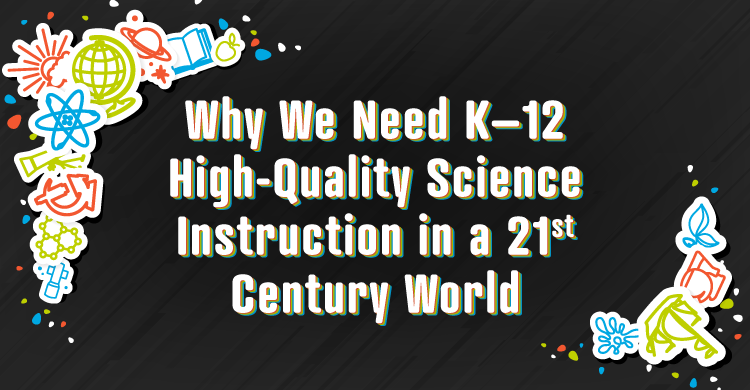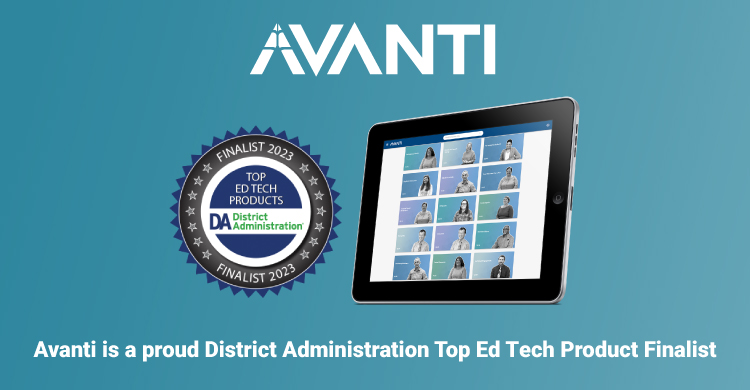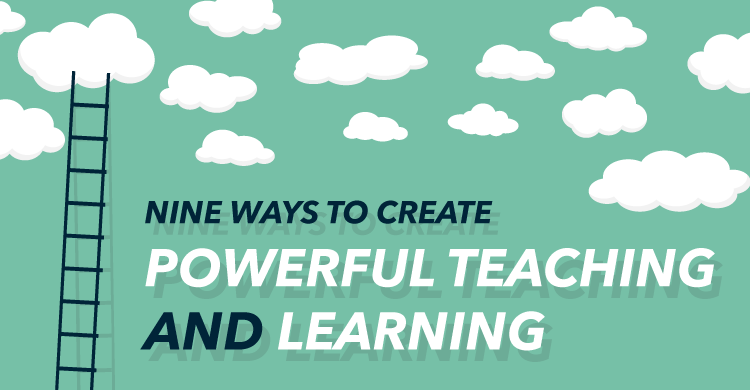Driving Question
“Our kids do just great. Ninety percent of them score in the top 87 percent for the SATs. We send 92 percent to college every year. Last year, we had fifty-six AP scores at four. That means what we do is just fine.” —Principal of an affluent suburban high school.
“Deeper Learning? Who are your kidding. Our kids can’t get the basics, no matter how many time we go over the work.” —Principal, low AYP urban high school.
Two ends of the spectrum. Who needs to change? As Charles Dickens wrote another century back, “God is in his heaven and all is right with the world.” So why should any school think about deeper learning or any other call to change? Everything schools are doing is just fine.
The Challenge
In the three Leading Edge collections I edited for Solution Tree Press, more than forty voices drawn from K-12 schools, academia, business, and government contradict any notion that all is well with all schools. Others have added to the case file describing our current students’ lack of readiness for success in the advanced education and work worlds.
Are they correct or not? Let’s think about today’s schools. With almost inordinate pressures coming from every angle, the current improvement chants tell educators “do more with less.” Everyone from the local dentist, college presidents, governors, parents, local to national politicians, and professional organization officers has two cents to put in the pot.
I won’t beat the dead horse. What I will do is look on the other side of the complaint coin and speak about the positives that are happening. Without being Pollyannaish, let’s think about the sharp minds inside and outside the American education community who are answering the complaints with new thinking and new action.
Happily, I think, we have passed the time when the principle improvement thought was to paint the old factory new colors, especially the hall lockers, and oil the squeaky assembly line. Instead of surface paint jobs, more and more are recognizing the need to tear down the factory and start with new, more this century appropriate models. No more whining allowed. Get out of the box and innovate so that all students can leave school ready for the post-secondary education that is now the universal ticket into 21st Century careers.
Out of the Box Thinking
Each in their own way, single schools and school networks are looking to rethink how learning is best enabled for all students. Most of the attention has gone to secondary transformation, but there are also a growing number of primary, elementary, and middle schools changing their ways, abandoning the superficial instruction methods of the factory school and looking to promote deeper learning.
What is deeper learning? It is nothing difficult to do nor new. It is the type of learning that comes from intentional development of learning to learn skills.
The Partnership for 21st Century Learning identifies 4Cs—communication, collaboration, critical thinking, and creative problem solving—as the new essential learning skills to go with the traditional basics in reading, writing, speaking, and enumerating outlined in various standards.
Many will say, “I already do those things.” While that might be a true statement, the standard practice in our schools says that most do not. Most are forced into promoting shallow learning by the test mania that has been driving our school curriculum and our unacceptable failure rates.
These deeper learning skills are not developed for their own sake. They are the essential competencies that students must use to more deeply understand the content in the curriculum and then transfer these ideas into practical applications. It is the ability to make substantive transfer of knowledge and skills that sets deeper learning off from surface learning that usually ends with a test score.
If an individual wants to buck the norm and take on deeper learning challenges, she is swimming upstream in a flood. What we already know is that it takes an all school and all district effort to return our students to learning deeply. It take a paradigm shift in practice as well as theory.
Happily, we are beyond the first stages of making such shifts. We have a growing number examples of schools that have “been there, done that.” They provide the models that others can adopt and adapt.
The Nation Dream School Project: Ted Fujimoto, a contributing founder of the New Tech Network, works to pull those new school models (ones mostly relying on project-based-learning in its many variations) to foster deeper learning through inquiry and problem solving. It is based on the principle that every child has a right to succeed. Graduates already in college report how well these schools readied them as self-directed problem solvers, leaders able to foster collaboration, and creative makers.
In this growing network of more than 1,600 schools across the land, you will find such well-known names as High Tech High, New Tech Network, Big Picture Learning schools, and EdVisions Schools. Each meets the “dream criteria” in its own way. Each has broken down the factory-walls, shut off the assembly line, and taken students into the open air of authentic and personalized learning experiences so they can pursue their right to succeed.
The XQ Super School: Coming soon to five neighborhoods in the United States, local community teams are organizing entries into the Super School competition. Winners will be funded $2 million for each of five years to put their new design into practice. The competition is emphasizing new designs built on a foundation of student agency, community involvement, problem solving, and new ways of learning.
P21 Exemplar Schools: The Partnership for 21st Century Learning has identified more than fifty schools coast to coast that are exemplary examples of learning built with the agenda of deeper learning. The 21st Century Learning Exemplar Program identifies what 21st century educational practices look like and where they are being implemented, providing educators and communities with a variety of models to replicate, and offering policymakers at all levels local examples to help encourage their support. Completed case studies have an active link. Download an overview of p21’s initial exemplar schools (PDF).
In addition, P21’s site includes a blog (edited by me) with three times weekly articles by teachers and principals moving their practice toward deeper learning. It also offers a host of resources for helping schools and districts begin the transformation process toward deeper learning for all.
Regional and Local Efforts. In addition to transformation efforts by networks, many states and regions house local efforts. A few organizations worth visiting online or in person include:
- The Denver Green School: This innovative K-8 public school, lead by a teacher team, focuses students on environmental issues in their community. Project-based learning is the key learning method used at Denver Green School, with K-8 students investigating how to make “green” more sustainable in their neighborhood. One answer: the students tend the school’s garden, Sprout City Farms, constructed to replace its blacktop parking lot.
- MindQuest21: Initiated by the Illinois Consortium for 21st Century Schools as a PBL model, MindQuest21 has moved beyond its professional development roots to become an all school and all district change model. The model includes all administrators, the school board, all teachers, and classroom support staff in making a paradigm shift towards deeper learning for all students. In addition to readying teachers to bring the 5Cs (Mindquest21 adds “cultural responsiveness” to P21’s basic 4Cs) into every classroom through 24/7 PBL, the MindQuest21 team sustains its support over several years, helping administrators and teachers integrate PBL into the various national and state mandates. Two school districts and one urban school currently are engaged in MindQuest21’s intense, deeper change model.
The Challenge
What does it take for a school—public, charter, or independent—to transform itself so that every student can exercise his or her right to succeed, move on to higher education, and succeed in a career? In the next month’s post, I will cull out what it takes to start and sustain such a school, one that immerses all students in deeper 21st Century Learning. The chapters in Solution Tree Press’ Leading Edge series on deeper learning is one place you can go to gather even more information; my P21Blogazine, featuring the innovative work of teachers and principals, is another.
In the this year’s coming issues, I will address a variety of topics that will help you think systematically and systemically about how you can join the growing numbers aiming to transform our schools toward deeper learning for all. If you are already doing your thing to bring your students into a 21st Century readiness for success, I hope to hear from you and share your ideas.
[author_bio id=”145″]


